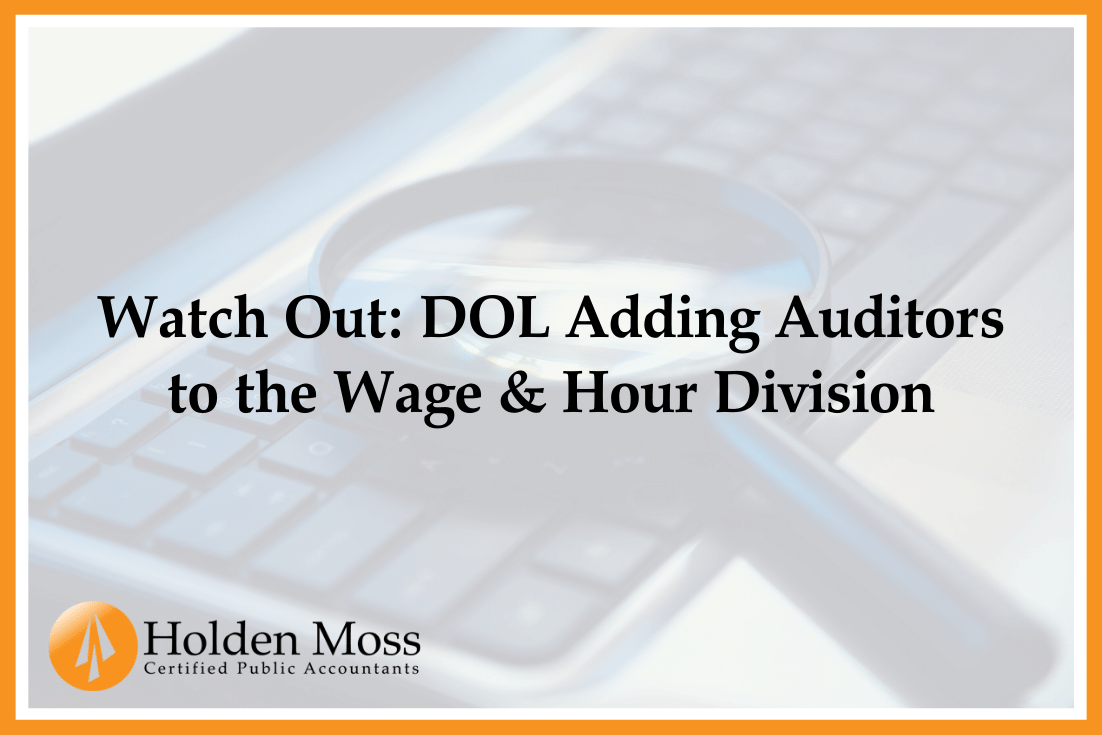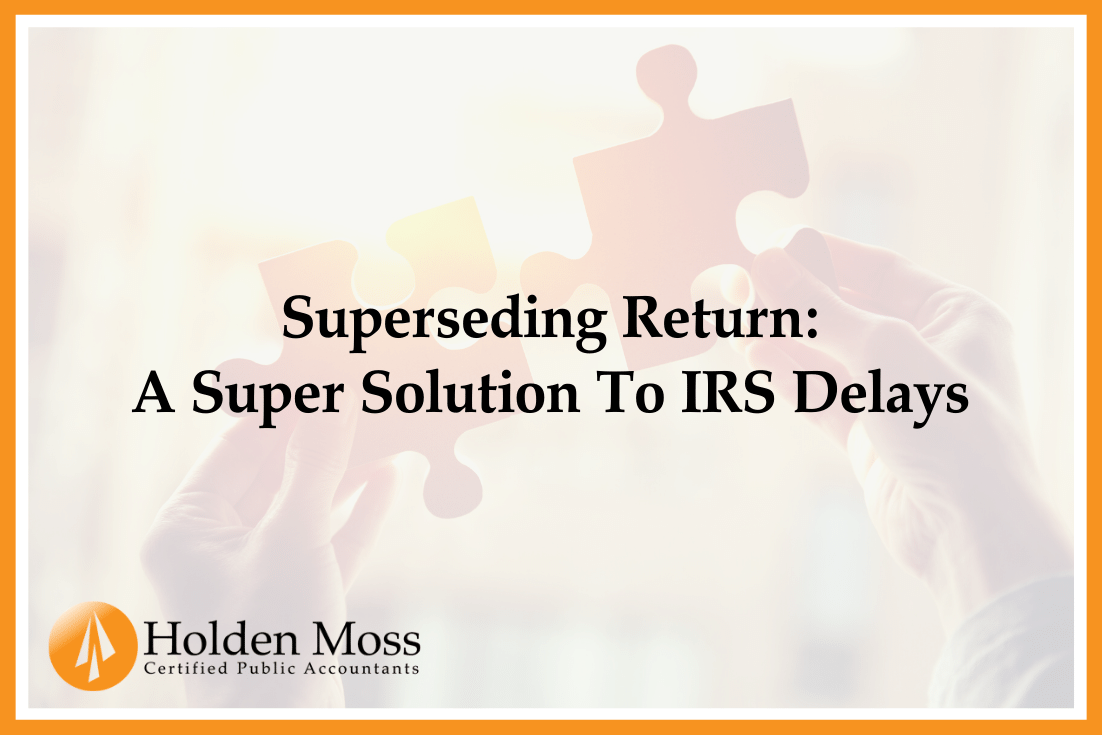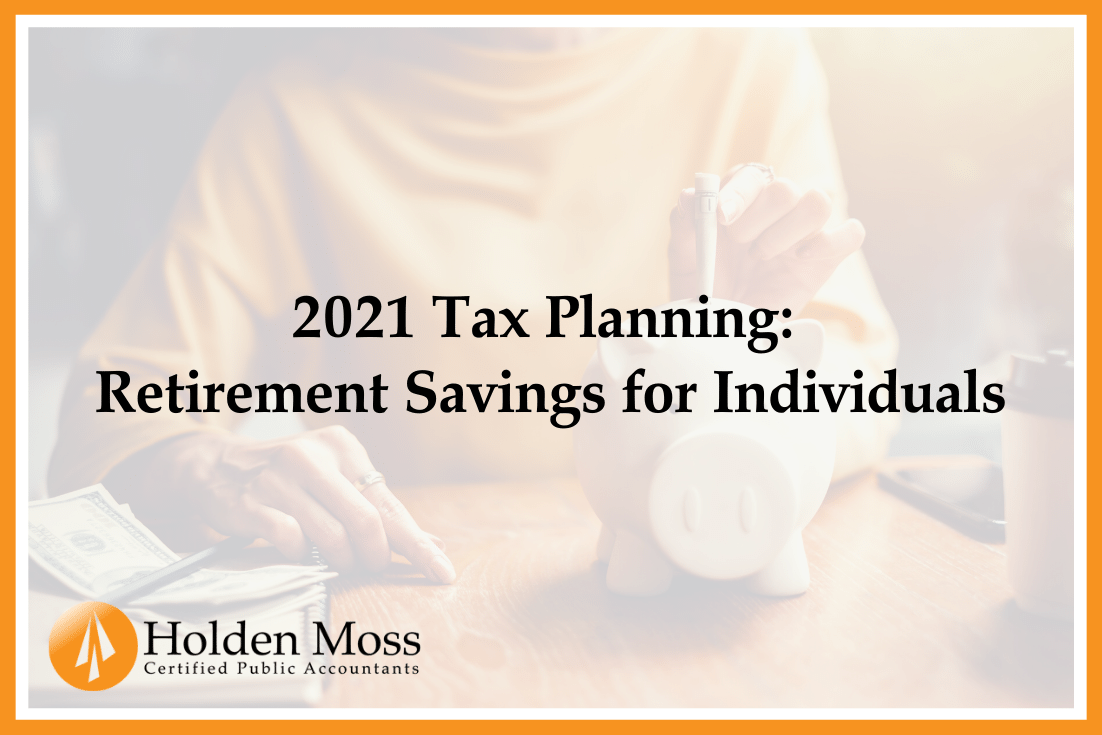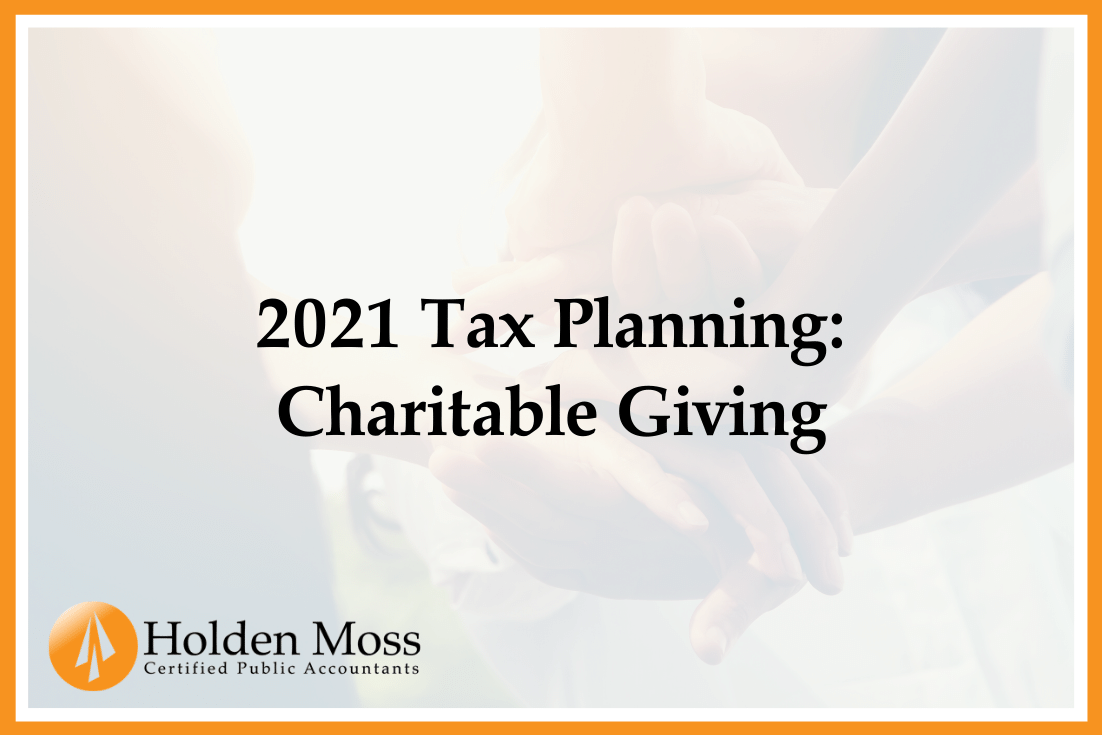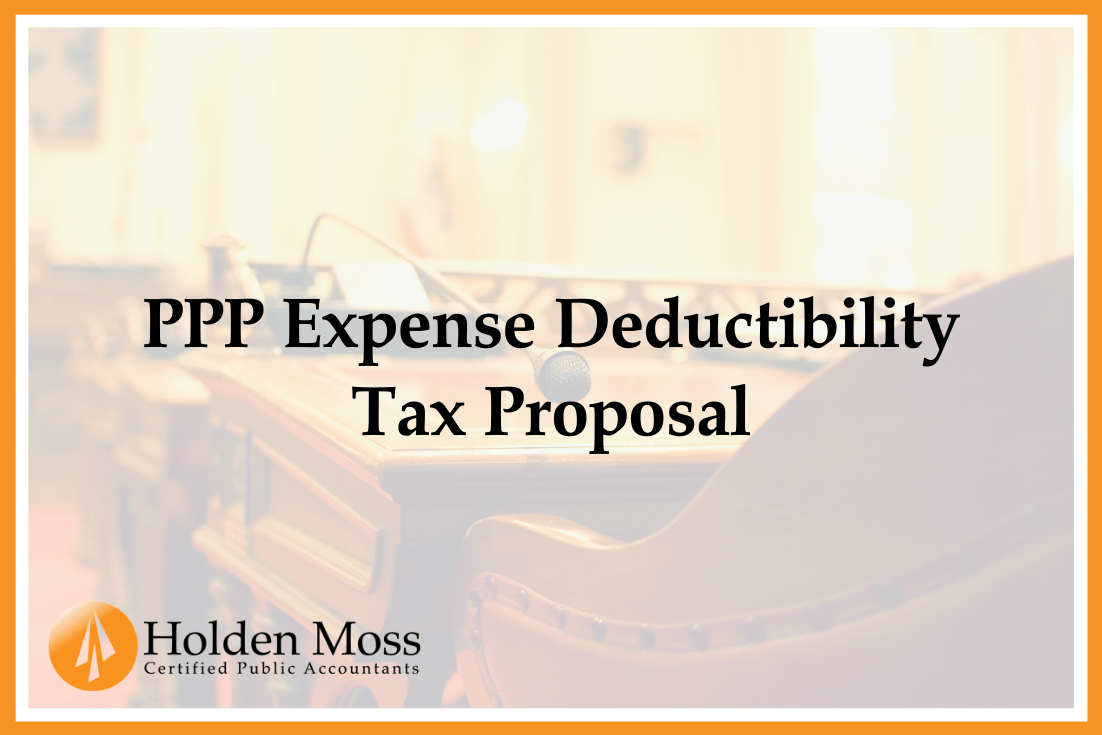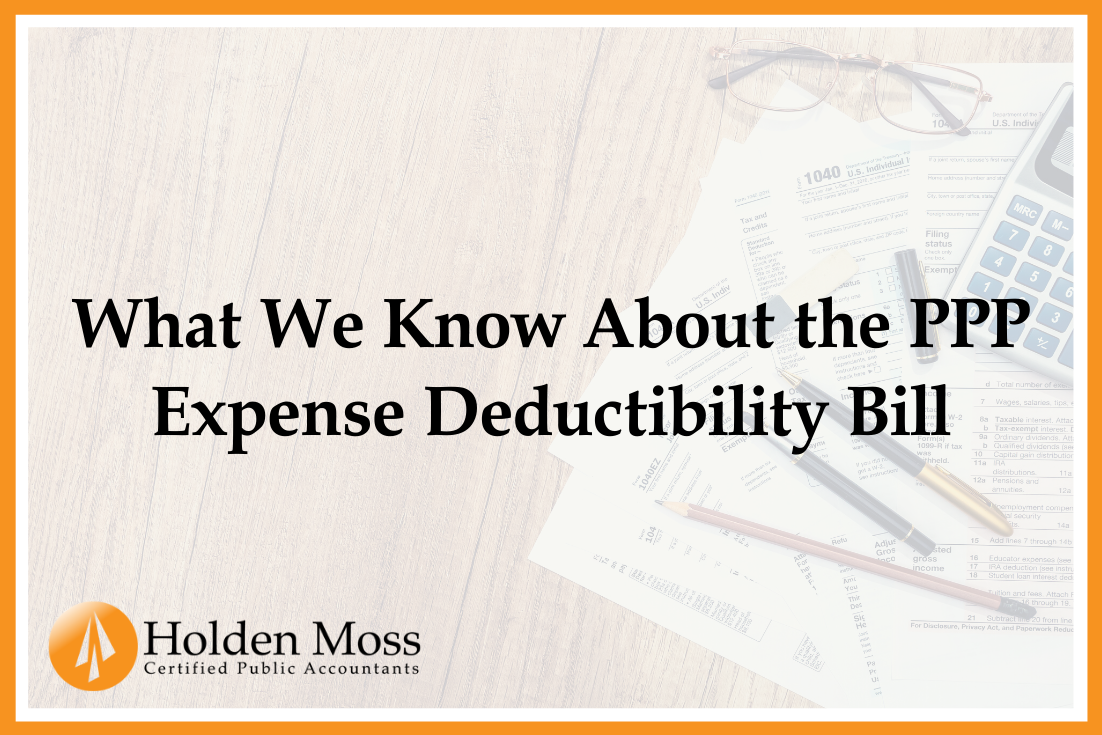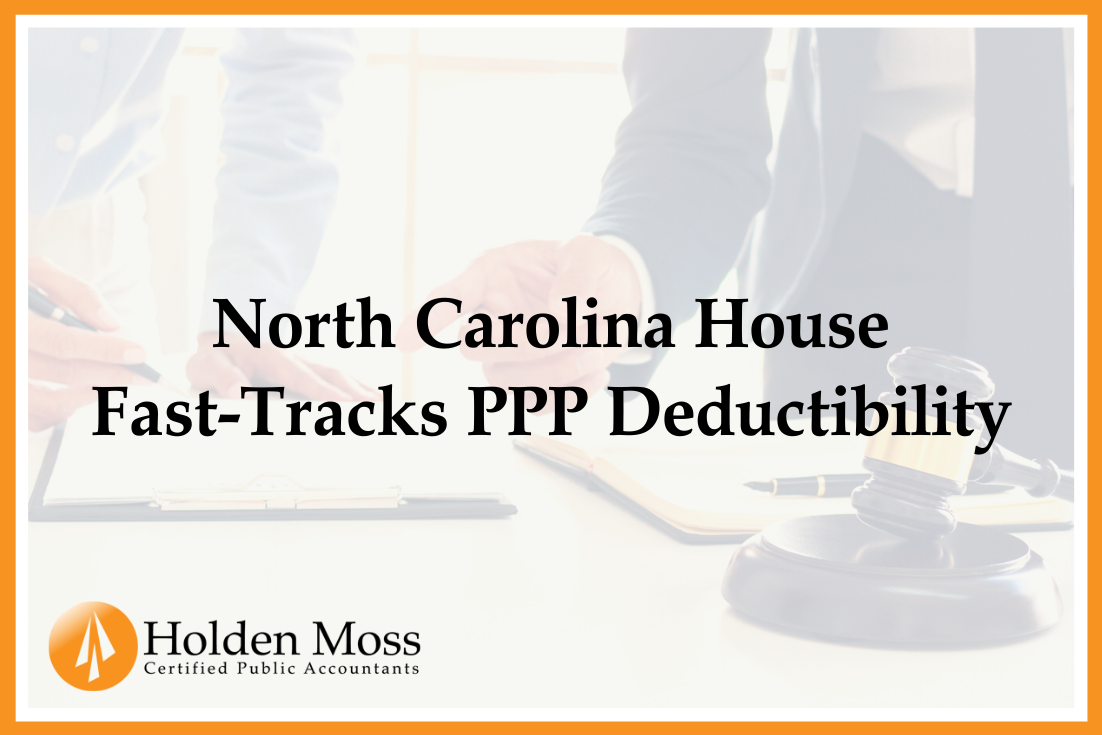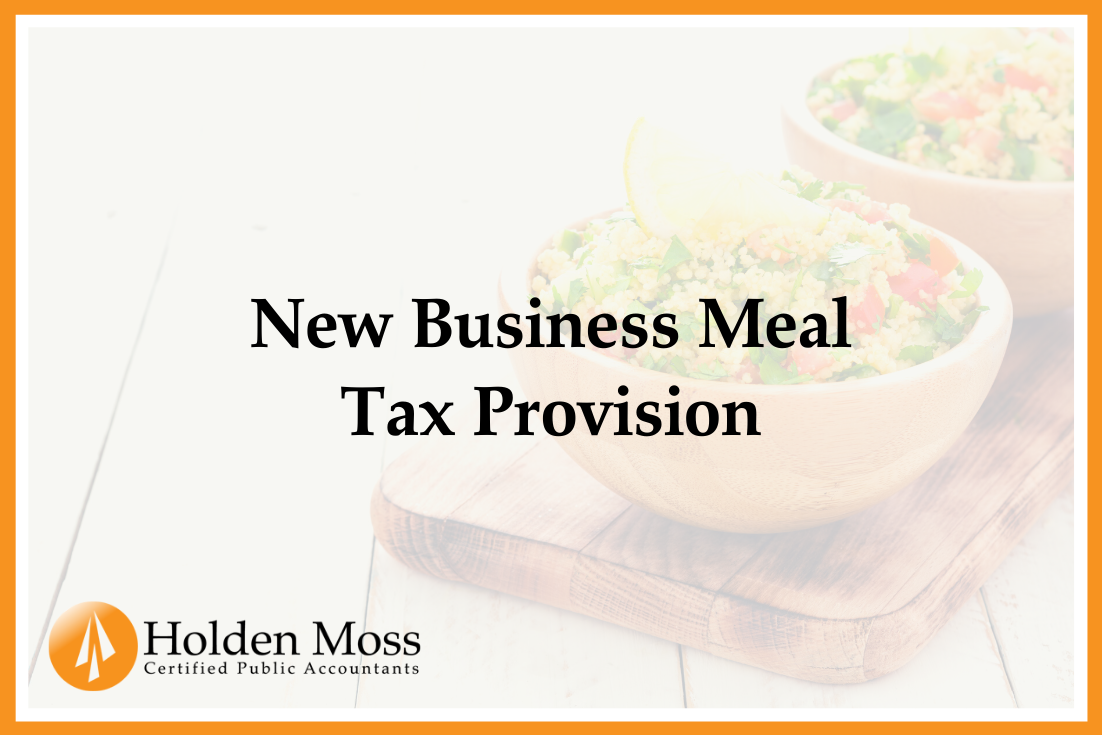Stay up to Date on the Latest Trends
Refresh Your Finances: Fall into Smarter Tax Planning
As the leaves change and the year winds down, it's the perfect time to reflect and refresh your tax strategy. Embrace the season's theme of transformation with tax-loss harvesting—your financial...
Read more
To Build or Not to Build?
Real Estate Incentives That Fuel GrowthIf you’re thinking about designing, constructing, or purchasing property in 2026, now is the time to start planning. Several key tax incentives that reward...
Read more
Take Advantage of “Made in the USA” Tax Savings
If your business spends money improving products, processes, or software - good news! Recent tax law changes mean you could deduct more of your research and development (R&D) costs right away,...
Read more
Top 3 Bookkeeping Reports Every Business Owner Needs
Managing your business's finances often feels like navigating a stormy sea. However, by reviewing key bookkeeping reports regularly, you can chart a clear course. These reports not only identify...
Read more
Life Events Impacting Tax Status: Smart Moves
Life changes, such as marriage, divorce, or expanding your family, are often emotional milestones with practical tax implications. Understanding how these events affect your tax status can empower...
Read more
The One Big Beautiful Bill: What Small and Medium Businesses Need to Know
The One Big Beautiful Bill Act (OBBB) brings significant tax changes that could impact your business operations, employee benefits, and personal tax planning. As your trusted CPA firm, we've...
Read more
Act Fast: EV Tax Credits Expire September 30, 2025
Act Fast: EV Tax Credits Expire September 30, 2025If you're considering purchasing an electric vehicle (EV) for personal or business use, time is running out to take advantage of generous federal...
Read more
Best Identity Theft Protection Services for 2025: Features, Reviews & Tips
Identity theft affects millions of Americans every year—and it’s getting more sophisticated. One compromised password, one data breach at your bank, or one fake phone call from someone pretending...
Read more
A Strategic Guide for Business Owners: Mapping Tariff Risk
Struggling with tariff uncertainty and its impact on your business, finances, and taxes? Discover how our coaching group leverages the powerful Market Map tool to bring clarity and control to your...
Read more
BOI Reporting Update: Treasury Suspends Enforcement for U.S. Companies
The U.S. Treasury Department has announced that it will not enforce Beneficial Ownership Information (BOI) reporting requirements under the Corporate Transparency Act (CTA) for U.S. businesses....
Read more
How Close is Trump to Passing a New Tax Bill? A Deep Dive into the Current Legislative Landscape
In the whirlwind of U.S. politics, the Republicans are using the budget process to get Trump's priorities, including tax, in place early. With the House and the Senate each having passed their own...
Read more
BOI Reporting Update
The suspended Beneficial Ownership Information (BOI) reporting deadline under the Corporate Transparency Act (CTA) has been reinstated, requiring most companies to file by March 21, 2025. This...
Read more
Navigating a Challenging Tax Season: IRS Dismissing 6,700 Employees
This tax season may bring unprecedented challenges for taxpayers due to significant staffing reductions at the IRS. The agency recently announced it will dismiss 6,700 employees—roughly 6% of its...
Read more
When to Contact the IRS vs. an Accountant
When tax-related questions arise, many individuals and businesses wonder whether they should contact the IRS directly or seek assistance from an accountant. While the IRS provides official guidance...
Read more
Protect Yourself from Scam Emails
Tax season is a busy time for everyone, including scammers. Fraudulent emails targeting businesses and individuals are becoming increasingly sophisticated, making it critical to stay vigilant. We...
Read more
A Tale of Two Businesses: The Hidden Costs of Worker Misclassification
This week, the IRS released Rev. Proc. 2025-10, which sets out criteria to get out of trouble when a business incorrectly classifies and employee as a contractor instead. We are reminded of the...
Read more
Comparing the 2024 Presidential Candidates’ Tax Plans
With the 2024 election approaching, the tax policies proposed by Kamala Harris and Donald Trump highlight two very different visions for the U.S. economy. Here’s a breakdown of each candidate's tax...
Read more
Tax Relief and Financial Assistance for Those Affected by Hurricane Helene
If you or someone you know has been impacted by Hurricane Helene, we want to make sure you're aware of the financial relief options available. From tax breaks to federal assistance and deadline...
Read more
Important Tax Deadline Extensions Due to Hurricanes Debbie and Helene
The Internal Revenue Service (IRS) has announced significant tax relief measures for taxpayers affected by Hurricane Debby and Hurricane Helene. This blog post summarizes the key details of these...
Read more
Watch Out: DOL Adding Auditors to the Wage & Hour Division
The U.S. Department of Labor is set to expand its enforcement team across the nation.Announced Thursday, February 24th, the U.S. Department of Labor revealed that it is looking to add 100...
Read more
Superseding Return: A Super Solution To IRS Delays
Supersede (verb): to take the place of or replace. A do-over. The IRS suffers from its historic backlog of unprocessed filings and personnel shortages. But, this is not stopping them from placing...
Read more
How Your Assumed Business Name Might Be a Problem
“What's in a name?”As a business owner, new or otherwise, you know that choosing the right company name is a crucial (and sometimes nerve-racking) step toward establishing yourself. Along your...
Read more
3 Simple Tools to Meet Your 2022 Finance Goals
A new year finds many of us with the motivation to take stock, buckle down, and make improvements in our lives. Getting your financial fitness in check this year should be at the top of your...
Read more
Important Tax Dates & Deadlines
Updated for the tax year 2021.OverviewThe IRS has outlined important tax deadlines in this calendar. Dates and details are listed below for your convenience. Make sure you add pertinent dates to...
Read more
Are You Missing Out On Unclaimed Funds?
Let the treasure hunt begin. Yes, you could be owed money by the State or US Government and not know about it. Let’s find it!Money Owed to Me, How? Yes, unclaimed money or unclaimed funds are held...
Read more
2021 Tax Planning: Retirement Savings for Individuals
It is always a good time to review and evaluate your retirement savings. The tax code provides significant incentives for contributions made to traditional and Roth IRA’s, as well as to employer...
Read more
How a Business Framework Can Change Your Life
No great business stands still for long. And if you do, you’re likely to end up on life support, coasting through and failing to grow or make profits. Or even worse, experiencing disruption over a...
Read more
A Tax Strategy for Gain On The Sale Of Your Home
Will I Be Taxed On The Sale Of My Home? Tax Strategy No. 116: Exclusion of gain on sale of your home – full and prorated exclusion. Have you noticed the housing market boom? It is wild here in the...
Read more
SBA Changes Forgiveness Process on Loans of $150,000 or Less
New InitiativeOn July 28, 2021, the Small Business Administration decided to allow PPP borrowers with loans of $150,000 or less to apply for forgiveness online.Under this new initiative, the...
Read more
2021 Tax Planning: Charitable Giving
You probably know that you can get an income tax deduction for a gift to a charity if you itemize your deductions. But there is a lot more to charitable giving. We would like to take the...
Read more
Shannon Susko Releases Metronomics
METRONOMICS by Shannon Susko has arrived!Are you having FUN as a CEO? Are you happy to come to work and happy to leave at the end of the day? You don’t have to sacrifice the life you want to get...
Read more
SB 116 Amendment and Vote
June 4th Update:The House passed SB 116 by a vote of 71-36 today. The split was mostly along party lines; seven Democrats broke ranks and voted in favor. Debate on the bill was spirited and focused...
Read more
PPP Expense Deductibility Tax Proposal
On Tuesday, May 25th, the Senate Finance Committee co-chairs unveiled a sweeping tax proposal. The 41-page amendment rewrites HB 334. There has not been a vote on the proposal yet.Instead of...
Read more
What We Know About the PPP Expense Deductibility Bill
Senate leaders remain opposed to adopting the House version of the HB 334, but an alternative proposal is on the horizon. Following the tumultuous back and forth, here is the latest news about the...
Read more
North Carolina House Fast-Tracks PPP Deductibility
Updated April 30th, 2021The North Carolina House of Representatives approved legislation that would align the state tax code with two recent federal tax changes.The House was expected to adopt HB...
Read more
New Business Meal Tax Provision
The recent stimulus legislation included an important provision. This provision removes the 50% limit on deducting business meals provided by restaurants in 2021 and 2022. Which makes those meals...
Read more
Which Business Structure is the Best Fit for You?
Starting your own business is thrilling, not to mention liberating. You become your own boss, do what you love, and make money while doing it. Once you have your product or service solidified,...
Read more
7 Tips on How to Hire and Keep Top Performers
Hiring the right talent is one of the most crucial elements of managing your business. When you want to grow and expand the skill set of your workforce, it’s vital that you hire the right people...
Read more
Start a Business from Scratch in 10 Steps
Thinking of taking the plunge into entrepreneurship? You’re not the only one. The Wall Street Journal reports the number of people starting their own businesses in the US surged to a 13-year high...
Read more




















